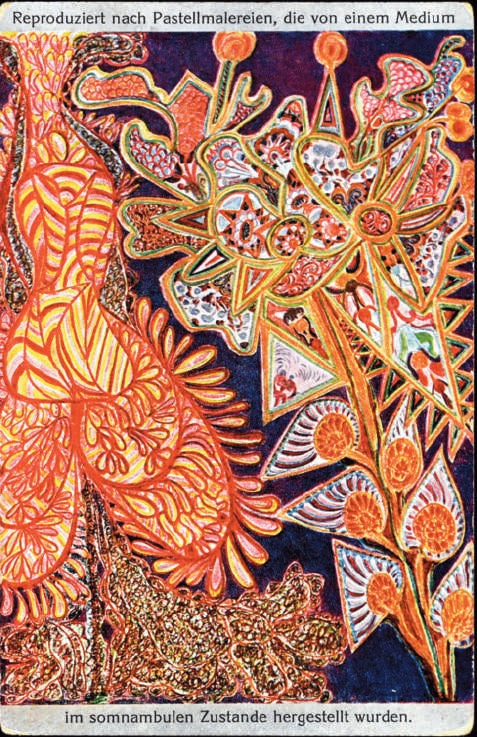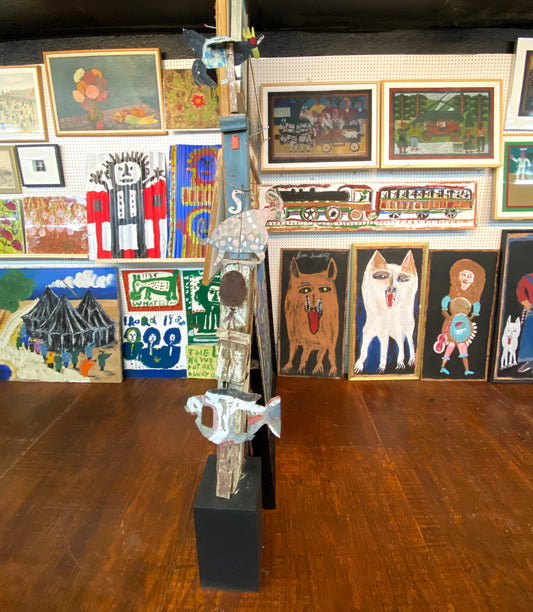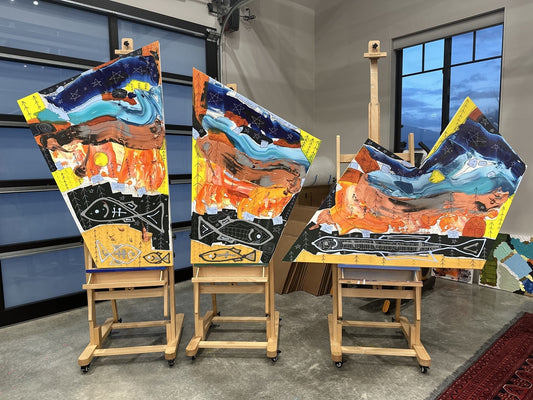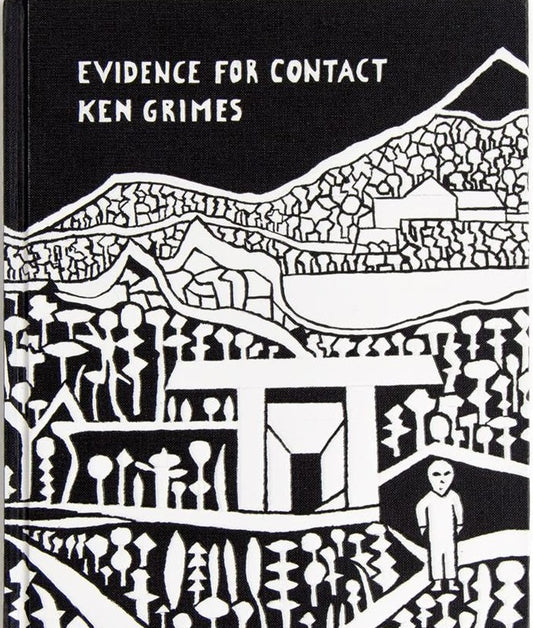First published: Spring 2024
Once famous for her public drawing séances, Wilhelmine Assmann and her mediumistic artworks have now re-surfaced a century later
In the early twentieth century, a mediumistic artist achieved widespread fame, capturing the imagination of avant-garde creators as well as the wider public. The artist was Wilhelmine Assmann, but she suffered the same fate as many other mediumistic artists and fell into oblivion. All of Assmann’s artworks were thought to be lost – but,in 2018, ten of her drawings were rediscovered after being traced to the heirs of the deceased owner. Born Wilhelmine Hille, in 1862, in a village in Saxony, Germany, Assmann was a timid, introverted child who spent a lot of time alone in the forest daydreaming. She had a basic education, then worked as a maid and as a cloakroom attendant at a local theatre, before marrying the owner of a dye house and laundry. When, in 1896, the couple’s only son Albert died, followed soon after by one of Assmann’s sisters, she fell into a deep depression.

Wilhelmine Assmann drawing during a performance (photo in Psychische Studien, vol 37, 1910)
Her husband found solace in religious groups, but she was inconsolable – until, in the early 1900s, he took her to a Spiritualist circle. Assmann felt at ease at once and it became clear that she herself had mediumistic abilities. She received messages through automatic writing, which gave her comfort, and slowly her mental state improved.

A piece of Assmann’s artwork as reproduced in magazine Westermanns Monatshefte, vol 58, 1914
A student in the group, noticing that Assmann often drew arabesque-like designs at the end of her messages, suggested she consult her spirit guide. “Helize”, as Assmann called her, was a young Russian Jew who had died in Siberia. Helize wanted to draw but Assmann, now 42, had never drawn nor had the desire or skill to do so, and was afraid. The student urged her to get some crayons.

Untitled, c. 1906, coloured pencil on paper, 19.5 x 27.5 in. / 50 x 70 cm; Collection of Mediumistic Art
To Assmann’s amazement, as soon as the art materials were in front of her, her hand began to draw. At first, she made strange webs of lines that formed clumsy flowers or plant-like shapes, but soon the drawings became more complex. A peculiar creative process evolved: she would get up in the night with an irresistible impulse to draw; she would sketch a pencil line around the paper’s edge, a diagonal line from top left to bottom right, and then some sweeping lines. She was convinced this “preliminary work” had been done by her late son Albert. She said that, when she then picked up the crayons, Helize would take over, her spirit hand glowing above Assmann’s own, guiding her. Assmann drew lines, dots, circles, used short strokes, a kind of hatching, filling the page with colourful biomorphic forms, free from artistic rules and constraints.
By ELMAR R GRUBER
This is an article extract; read the full article in Raw Vision #118.




